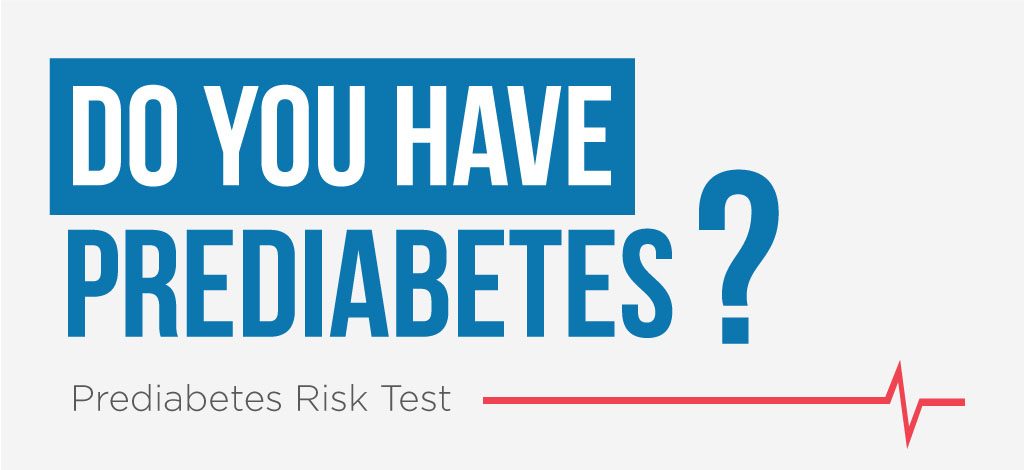The delivery of a diabetes diagnosis comes as an unwelcome, costly surprise, with average medical expenditures totaling nearly $8,000 per year (according to research gathered from the American Diabetes Association). However, the number of Americans living with the disease continues to climb, urging health officials to promote prevention and encourage the public to learn about their risk.
Dr. William Mallott, internist and chief of hospital medicine at Baptist Emergency Hospital in San Antonio, says people should be aware of different types of diabetes diagnoses. Diabetes mellitus Type 1 typically occurs in adolescence, and the cause is not completely understood at this time. On the other hand, Type 2, the most common form, typically develops in later stages of life but is, fortunately, preventable.
“Risk naturally increases with age, but it also depends on lifestyle,” said Mallott. “There are measures everyone can take to prevent the onset of Type 2. The body’s inability to use insulin effectively is largely dependent on a person’s weight and frequency of physical activity.”
In both forms, diabetes is a chronic disease that hinders the body’s ability to use or produce insulin. When there’s not enough insulin to help move glucose to the body’s cells for energy, it accumulates in the blood stream. High blood sugar levels can eventually lead to serious complications with many of the body’s systems, requiring frequent medical attention.
According to the World Health Organization, about 350 million people worldwide are living with diabetes. Of these people, one in four were diagnosed with prediabetes, which can be reversed by implementing healthy lifestyle changes. With early identification, the disease is certainly preventable; the problem is, warning signs are often overlooked. Mallott said a lack of education is mostly to blame.
“If you have no knowledge of family history or lifestyle changes that will reduce your risk, it is extremely difficult to take care of yourself before things become more serious. That’s what we see in our emergency departments – complications that could have been avoided.”
Nearly 50 cases of diabetes treated at Baptist Emergency Hospitals last year were repeat emergency visits, with many of them experiencing diabetic polyneuropathy – a common complication that causes damage to the nerves as a result of chronically high blood sugar levels.
What are the symptoms of diabetes?
Symptoms of the disease can be easily mistaken for separate health issues, but there are a few common indicators that should be monitored closely:
- Dry mouth and thirst – Diabetics get easily dehydrated because their bodies are working to get rid of extra glucose. Because of this need for excess fluids, dry mouth may also occur.
- Fatigue – When your body fights insulin production, glucose cannot reach the body’s cells to feed them energy.
- Blurred vision – Altered fluid levels cause lenses to change shape, losing the ability to focus.
Aside from becoming familiar with possible symptoms, Mallott says learning your risk is invaluable to your health.
“It’s extremely important to understand your susceptibility so you recognize when it’s time for interventions – whether that means seeking medical attention, or simply steering away from bad habits.”
To reduce your risk or prevent the onset of diabetes, Mallott recommends maintaining a healthy diet and regular exercise routine. More information on the disease, causes and symptoms is offered on the CDC’s website.
Want to know where you stand? Take the risk test below to find out if you are susceptible.
**Please remember that only your doctor can diagnose diabetes or prediabetes. If you are concerned with your results, talk to your doctor to determine if additional testing is needed.



